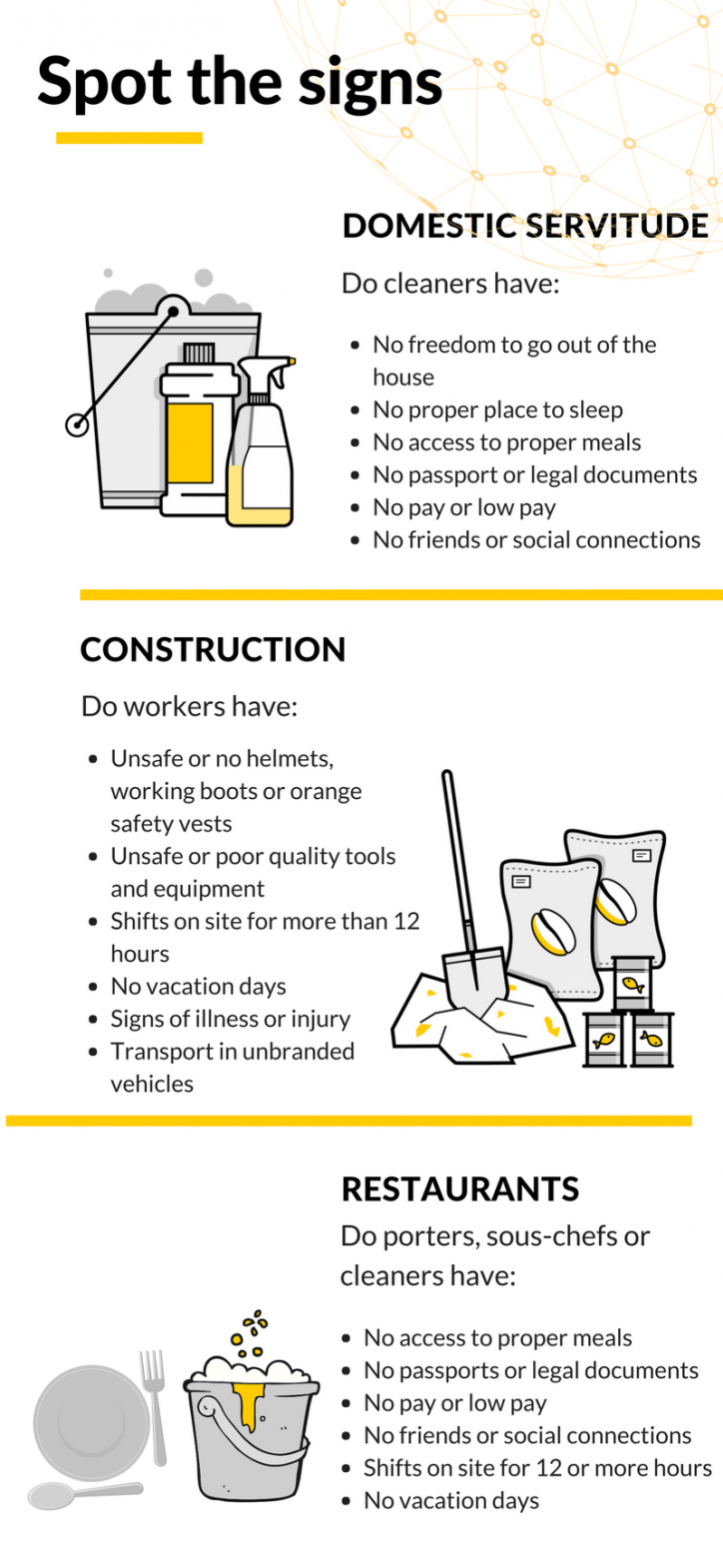Health and Human Services Secretary Alex Azar began his
participation at the World Health Assembly (WHA) as head of the United
States delegation by delivering remarks during a plenary session of the
WHA.
Speaking to representatives of the Member States, Secretary Azar
laid out key priorities for the United States and the World Health
Organization (WHO) and challenged the WHO to keep its focus on its
primary mission of preventing, detecting, and responding to public
health emergencies.
The Secretary’s remarks included:
- An announcement of up to $7 million in additional assistance to go towards the response to the Ebola outbreak in the Democratic Republic of Congo – making the total U.S. commitment up to $8 million;
- A recognition that it is disappointing and inappropriate that Taiwan was not invited to observe the WHA; and
- A focus on the importance of private-sector engagement and innovation, particularly when it comes to access to medications.
Secretary Azar highlighted the Trump Administration’s efforts to
reduce drug prices for patients of the United States while ensuring
other countries contribute their fair share to pharmaceutical
innovation.
The Secretary’s full remarks are available here:
After the speech, Secretary Azar participated in an event to
champion the creation of a global research and development hub focused
on antimicrobial resistance (AMR).
During his remarks, the Secretary
noted the strong U.S. commitment made through HHS agencies to address
this challenge, and announced that CARB-X – a public-private partnership
to address AMR – now included the support of the United Kingdom and the
Bill and Melinda Gates Foundation.
Later in the day, at an event sponsored by the United States
government, Secretary Azar joined several nations in remembering the 100th anniversary
of the 1918 influenza pandemic and recommended the need for a frank
discussion and close collaboration to ensure the world is better
prepared to protect against a potential pandemic flu.
Throughout the day, Secretary Azar spoke with representatives from
multiple nations participating in the WHA and held meetings with health
ministers and officials from the Republic of Korea, Ukraine, Brazil,
Germany, the United Kingdom, and Saudi Arabia.
Discussions covered a
range of global health issues, and the Secretary expressed the
commitment of the United States under the Trump Administration toward
strengthening global health security efforts.






